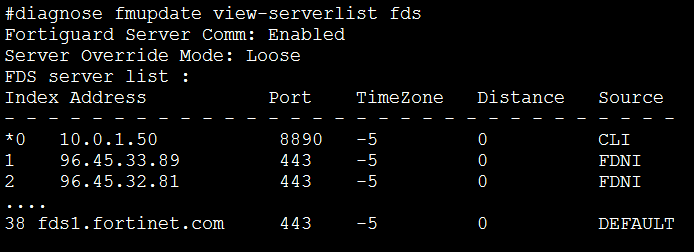Fortinet NSE 5 – FortiManager 6.0
Here you have the best Fortinet NSE5_FMG-6.0 practice exam questions
- You have 35 total questions to study from
- Each page has 5 questions, making a total of 7 pages
- You can navigate through the pages using the buttons at the bottom
- This questions were last updated on April 12, 2025

